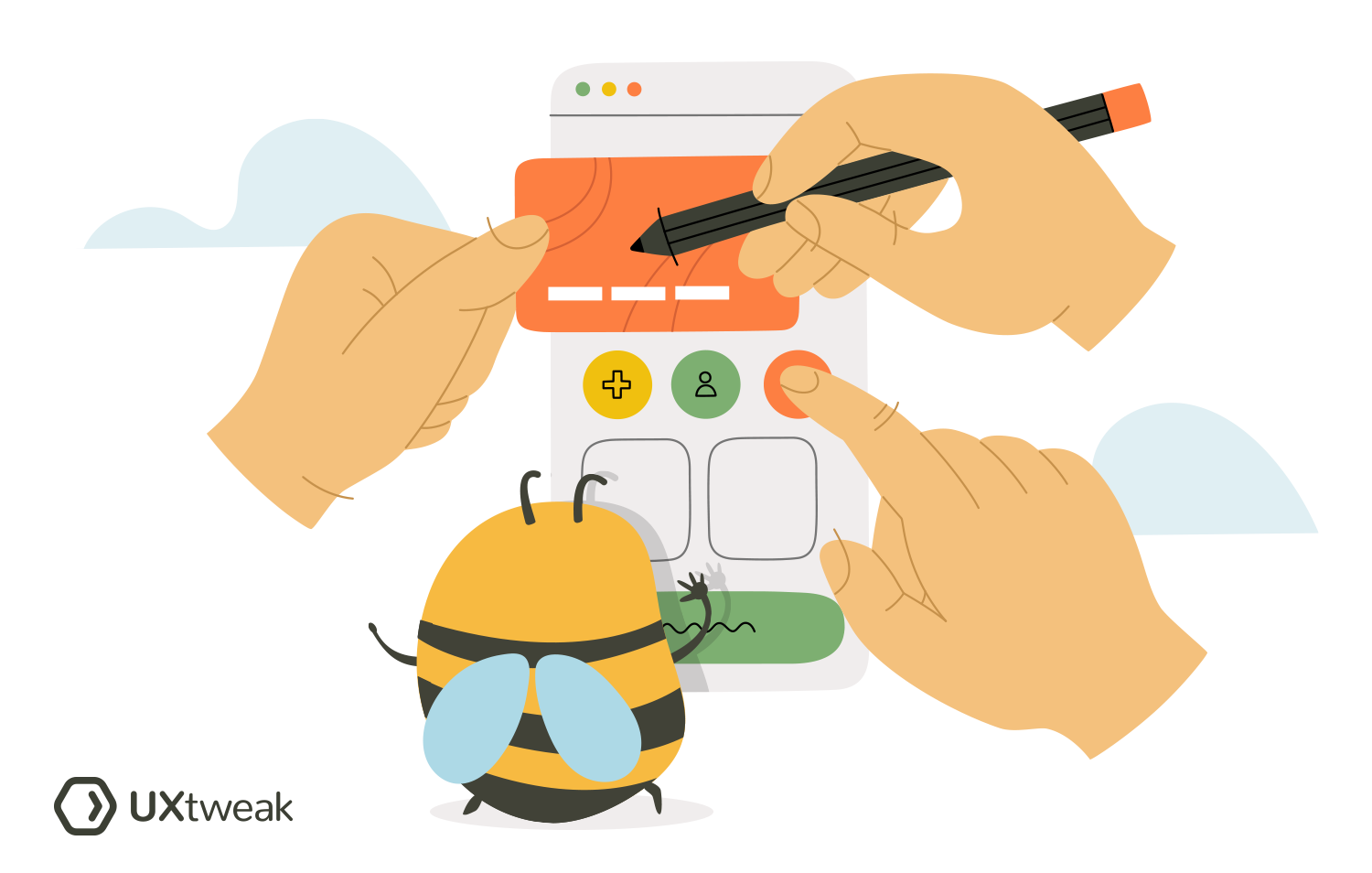Why is iterative design important?
Iterative design is important because it allows designers to gather user feedback early and often, leading to better designs that meet user needs and preferences. It helps identify and address design flaws, usability issues, and other challenges throughout the design process, resulting in more successful and user-friendly products or experiences.
What are the benefits of iterative design?
- Enhanced Usability: Involving users from the start and continually incorporating their feedback ensures designs are user-friendly and intuitive.
- Risk Mitigation: It allows early detection and resolution of design issues, reducing potential risks.
- Efficiency: Early resolution of design flaws minimizes major redesigns during the product development process, saving time and resources.
What is an iterative design process?
Iterative design typically involves the following steps:
- Define goals and requirements: Clearly articulate the project goals, user needs, and design requirements.
- Conduct user research: Learn more about your future users, their needs and problems.
- Generate design ideas: Brainstorm and develop initial design concepts or prototypes.
- Test and gather feedback: Conduct prototype user testing to evaluate the design’s usability, effectiveness, and user satisfaction.
- Analyze and iterate: Analyze the feedback received and identify areas for improvement. Make necessary iterations.
- Repeat the process: Repeat the testing, analysis, and iteration cycle until the design meets the desired goals and user needs.
FAQ
Yes, iterative design aligns well with agile development methodologies as both emphasize flexibility, continuous improvement, and collaboration with stakeholders and users.
The principle of iterative design is to continuously refine and improve a design through repeated cycles of testing, evaluation, and iteration based on user feedback and data.
An example of iterative design is the process of creating a mobile app. The design team may start with initial wireframes, conduct user testing, gather feedback, make design modifications, and repeat the cycle until the app meets the desired usability and user experience goals.






